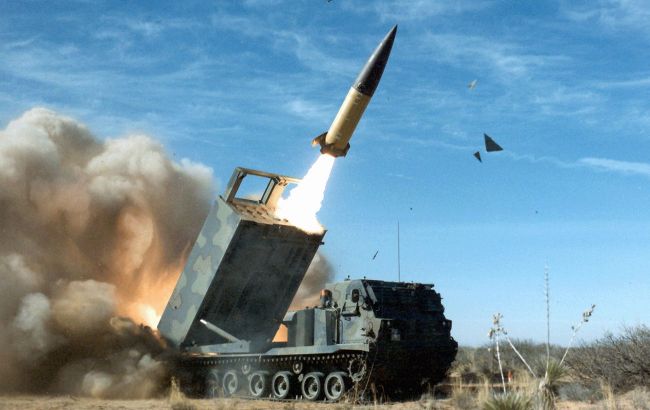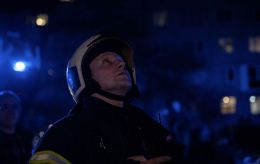Western strikes on Russia could shift the war’s dynamics - ISW
 Photo: Launch of the ATACMS ballistic missile from the M270 MLRS (www.army.mil)
Photo: Launch of the ATACMS ballistic missile from the M270 MLRS (www.army.mil)
Ukrainian Armed Forces have indeed begun using Western systems to strike military targets on Russian territory. This allows the Ukrainian army to conduct a more effective modern, multi-domain war, according to the Institute for the Study of War (ISW).
The ISW notes that a series of strikes by the Ukrainian Defense Forces on Russian territory on November 19-20 marks the beginning of Ukraine's use of long-range weapon systems provided by the West to create more complex and effective strike "packages."
"Ukrainian forces notably utilized both long-range strike drones and Storm Shadow missiles in the November 19-20 strike and struck a diverse range of military targets across the Russian rear," the ISW states.
The ISW also notes that the systems and means provided by Ukraine's Western partners, as well as its domestic defense manufacturing and innovative efforts, offer the country greater capacity for successfully conducting a multi-domain, large-scale modern war.
It is emphasized that Ukraine has already demonstrated its effectiveness in using drones, often domestically produced, to strike various military targets in Russia’s rear, including airbases, command posts, and artillery depots.
"Ukraine's arsenal already includes aerial and naval drones and Western-provided systems such as F-16s, HIMARS, and ATACMS, although the conditions of use on the latter systems have been restricted enough to limit the benefit Ukraine can accrue by using the," the ISW adds.
The ISW also pointed out that Western restrictions on Ukraine's ability to use provided weapons to strike Russian territory limit the Armed Forces' capacity to develop adequate strike packages.
"Ukraine requires continued Western military assistance, as well as domestic innovation and production, in order to continue building and utilizing strike packages to target the Russian rear and generate tactical to operational-level impacts on the battlefield," the ISW report concludes.
Western approval for strikes on Russian targets
Throughout this year, Ukraine has intensified requests to European countries and the United States for permission to strike Russian territory with long-range ATACMS ballistic missiles. However, partners had refrained from granting this permission due to concerns about significant escalation.
However, on November 18, following the involvement of North Korean soldiers by Russian President Vladimir Putin’s regime in the war, the United States allowed Ukraine to use ATACMS missiles to strike targets in Russia for the first time.
On the night of November 19, the Ukrainian Armed Forces carried out their first strike on a military facility in the Bryansk region.
Additionally, the Biden administration authorized strikes on Russian rear areas using Storm Shadow/SCALP cruise missiles, which contain American components. According to media reports, similar permission was granted by the governments of the United Kingdom and France, whose defense industries manufacture this type of missile, but usage was limited to the Kursk region.
On Wednesday, November 20, the Ukrainian Armed Forces used the Storm Shadow missile against Russian territory for the first time.
The strike targeted an underground command post in Russia’s Kursk region, where North Korean generals were likely present.

